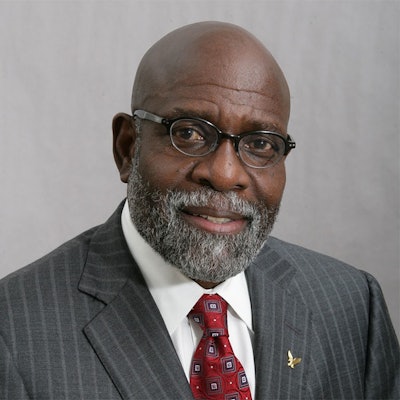When I was a youngster growing up in the Arkansas Delta, my siblings and I took turns scouring the pages of the Fall/Winter edition of our Sears Roebuck & Company catalogue. It was a hefty three-inches thick, and we would place an asterisk next to the items we wanted for Christmas. Without fail, our lists were comprised primarily of items we needed most, such as clothes, rather than the latest version of a particular toy or bicycle.
As self-employed subsistence farmers, my parents faced the herculean task of keeping food on the table for our large family. I was the fifth of eleven children, and so I learned to live on hand-me-down clothes from my three older brothers, along with the clothes our rural neighbor Miss Jane got from her sister Miss Clara, who worked for wealthy white folks in Evanston, Illinois. If I close my eyes and concentrate, I can still smell the moth balls scattered in those large cardboard boxes of brightly colored clothes. Even if most items were either too large or small for me, given the number of children in my family, there were always items that fit perfectly for one of my siblings.  Dr. Charlie Nelms
Dr. Charlie Nelms
Even though we knew our parents could not afford the items on our respective Christmas lists, however modest or practical, we compiled our lists anyway, holding out hope that perhaps Santa would find his way to our tin-roof shack a mile from the Buck Lake Road near Crawfordsville. Needless to say, the white Santa Claus, portly in his red and white suit, sporting a grey beard, and driving a herd of reindeer, could somehow never manage to find our house! When I got older, I forgave Santa, but I promised myself that if I ever had children, I would make it clear that the gifts were from their parents, rather than a magical Santa Claus.
Although I have followed through with that long-ago promise, I must admit that as a septuagenarian, I am still scarred by those childhood experiences. If I weren’t so afraid of what lies beneath the scar tissue, I would go into therapy. Instead, I wrote a memoir, All Eyes on Charlie, which helped me discover that writing can be an essential way of healing.
In my book I explore how, as I matured intellectually, emotionally, and socially, I came to realize that my parents bequeathed to my siblings and me one of the most important gifts possible: a belief in the power of education as a vehicle for transforming our lives. They also instilled in us the importance of owning land, voting, and sharing one’s talent, time, and treasure with others. Our two mules, Daisy and Tom, died many, many, years ago, but we still own our parents’ forty-acre farm in the Arkansas Delta near I-40, where we grow soybeans and winter wheat. And if we ever get in a tight financial spot, we can use the farm as collateral to get a loan, just as Mama and Papa did to send nine of their eleven children to college, a dream they never doubted could become reality.
I was so deeply impacted by the teachings of my parents and those who gave wings to my dreams that I became a philanthropist, investing in the dreams of others. During the 2021-22 academic year, more than thirty students at colleges and universities in Arkansas, Indiana, Michigan, and North Carolina, where I had the privilege of serving as a faculty member and administrator, are recipients of Nelms endowed scholarships. In a few days, as I have done for the past four decades, I will write a check to my HBCU alma mater, the University of Arkansas at Pine Bluff. My wish is that these gifts, unlike those in catalogues, will fuel the dreams of a first-generation student living in rural Arkansas, or a student in the foster care system in Chicago—both locations where Santa’s GPS is likely to be inoperable.





















